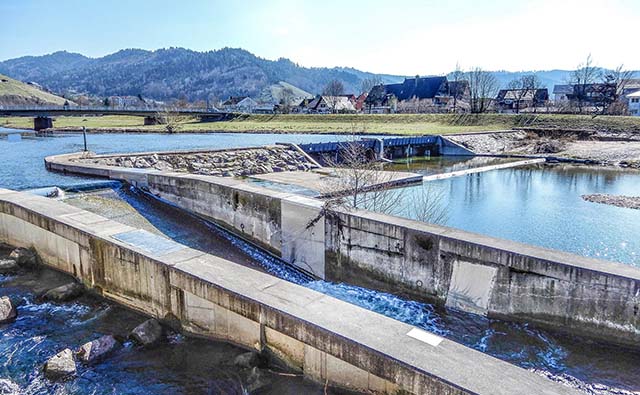Industry News, HI&I Cleaning Care
Top five ways of reducing contamination in wastewater

Industry News, HI&I Cleaning Care

According to recent statistics from the Department for Environment, Food and Rural Affairs, more than 11 billion litres of wastewater are collected every day in UK sewers. This water is then treated by plants, including those managed by Total Water Solutions, before it is returned to the ecosystem, and any solid matter or contamination is safely disposed of. Without treatment, wastewater could be potentially hazardous to wildlife, or indeed humans, if it was consumed.
Households and businesses can all take action to reducing contamination in wastewater, as this reduces the risk of sewers becoming blocked, and improves the quality of water across the UK.
Contaminated wastewater can also increase business costs, as additional work carried out by water companies to treat sewage will incur extra costs. In fact, it can hit four times over, in the cost of the mains water, the cost of the effluent volume, the cost of solids in the Mogden formula (the calculation used to find the required charges to collect, treat and dispose of industrial wastewater) and the cost of Chemical Oxygen Demand (COD).
This includes solids, hazardous chemicals, medicines, and toxic materials. Solids should always be swept or vacuumed before they reach the drain, as they can cause blockages if they are flushed. This will also protect equipment, as particularly large solids can cause damage. Chemicals, medicines and toxins can affect the quality of water, even when it has been treated, and could potentially be poisonous. Instead, these should be disposed of correctly, with the business providing separate, specialist bins for chemical waste, medical waste and toxic materials.
Capture oil and grease before it goes down the drain as it can build up and cause blockages in the sewerage systems, preventing the water from completing its journey to the treatment plant. Oil interceptors efficiently separate oil from any wastewater by passing it through a number of chambers, trapping the oil to be disposed of safely by a professional company.
Not all waste products need to be treated, as this will be a costly exercise for many businesses. Make sure that some discretion is applied when deciding what should go down the drain, to avoid unnecessary treatment and charges. Liquid waste can be segregated into a separate vessel from sediment, suspended solids, and other waste that it is not beneficial to treat. By separating effluent material prior to disposing of the waste, the water can be treated more directly and at a lower cost that the treatment plant separating it afterward.
If the wastewater will not be harmful to the environment, you may consider reusing it as opposed to sending it for treatment immediately. It could be used for washing vehicles (although care should be taken to ensure any grit or solids have been removed to avoid scratches), watering plants and greenery, or rinsing external areas. This additional usage of the water will reduce the volume of effluent that needs to be treated and paid for.
Keep accurate records of the volume and composition of wastewater, including when there are higher volumes of solids, chemicals, and other contamination. This means the business can identify peak periods where wastewater will need to be processed more substantially. A plan can then be drawn up to reduce this waste by refining manufacturing processes and introducing training to highlight how to reduce contamination during peak times.